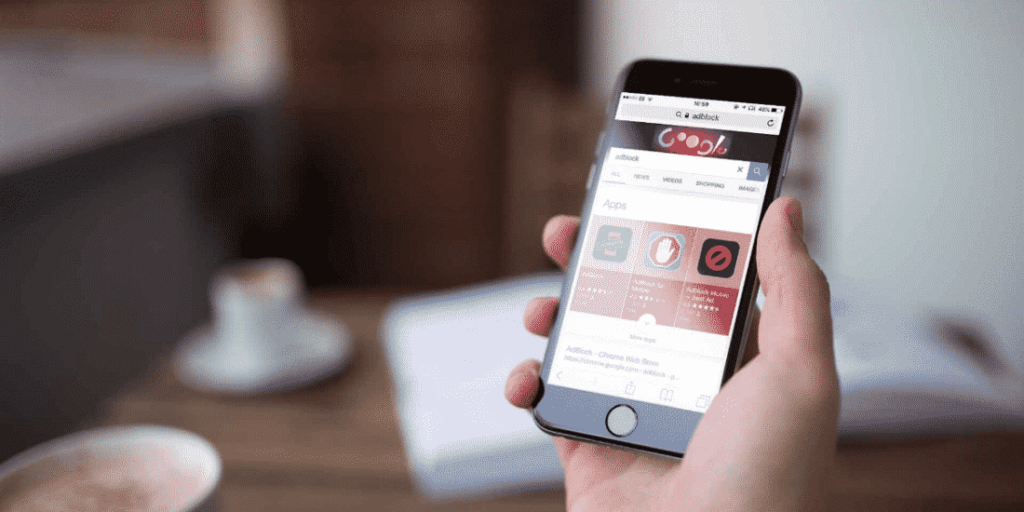Programmatic advertising spending now accounts for more than 80% of digital ad spending. This spend is increasingly being moved in-house. When surveyed, 35% of brands had, to some extent, reduced the role of agencies.
Over the last few years, marketers have developed this in-house programmatic media buying so that it makes use of first, second, and third-party data sets.
The role of data in the in-housing process shouldn’t be overlooked. It offers many benefits to brands that can successfully create a centralized data environment, such as maximizing ROI, increasing, and enabling real-time behavioral based triggers to create more personal and engaging programmatic campaigns.
Table of Contents
Things to consider with data and programmatic in-housing
All of your data in one place
For in-housing to succeed, it’s essential to develop a data-centric environment.
This means that different data platforms, people, partners, and processes are brought together to create a single data solution.
It depends on the business as to whether the data sources are first-party only, or if the organization wants to integrate third-party data sources to improve its programmatic efforts.
Whatever the decision, the key to making a success of in-housing requires a single centralized data strategy.
Another requirement to succeed when in-housing programmatic media buying and programmatic data is to focus on the dialogue between DMP managers and media users. Developing a consistent and productive conversation between these two is one of the main benefits of moving programmatic in-house.
Making sure that you own the data you’re bringing in-house. In-housing allows you to take control of these data sets and use them across different kinds of marketing activities and touchpoints.
External partners are often unable to provide the same, and this means that you are unable to see the effect of marketing efforts on driving business growth.
Improved performance and ROI
Combining 1st, 2nd, and 3rd party data sets into a centralized in-house data solution maximize positive impact on advertising success.
The benefits of integrating 1st, 2nd, and 3rd party data into a DMP that is managed internally will provide a significant boost to marketing and advertising performance.
In-housing data allows organizations to understand customer data better and use it to implement better targeting throughout the funnel.
This drives ROI by facilitating smarter and more personalized cross-sell, up-sell, and optimization.
A combined in-house dataset allows marketers to improve further up the funnel as well. Internal datasets allow for better programmatic lookalike modeling. Anonymized IDs can be sent to DSP platforms to identify audiences across devices and model new audiences based on real-world behavior.
In-housing doesn’t always guarantee better programmatic marketing performance. But combining it with a data-centric approach can help to improve ROI for marketers in both in terms of short term results and longer-term programmatic performance.
Real-time capabilities
In-housing programmatic media buying allows organizations to be more adaptive and support real-time targeting capabilities. Combine this with data-centricity, and very quickly, marketers can optimize their campaigns to drive even more performance.
Data in-housing has a significant impact on effectiveness and provides a real-time boost to programmatic advertising. It reduces the time for tweaking and improves the speed in which advertisers can react to behavior signals.
Granular real-time optimization requires data in-housing. But the benefits for brands are clear as more look to align their programmatic spend and their datasets in-house.
Cost efficiency and transparency – data transparency and cost benefits
Some brands see in-housing as a potential problem in terms of data privacy. Taking control of customer data and managing it in-house alongside programmatic media buying can seem daunting, but it is instead an opportunity for brands to take control of the role that data plays in their organization development.
Robust data-centric organizations are looking at in-housing data because it puts them in control of the data and how it is used. This naturally requires an organization to look at its data sets and understand the consent and collection process. In a GDPR world, this is an essential requirement for programmatic buying companies.
Data and programmatic in-housing have also led to an increase in transparency. On the programmatic side, false impressions and the ability to understand exactly what costs are associated with each campaign have led to the rise in-housing.
For data, it is a similar story – transparency allows them to understand and perform their tests on data accuracy.
Do more with better data
James is the head of marketing at Tamoco




Leave a Reply